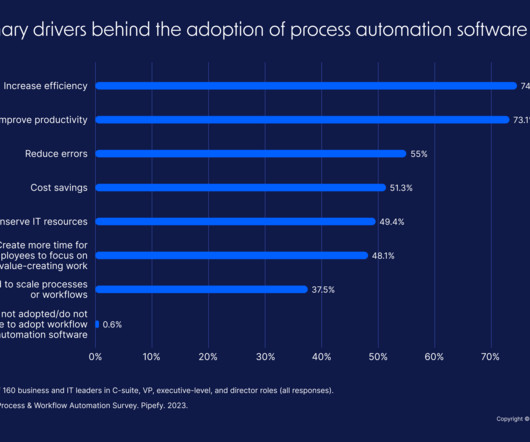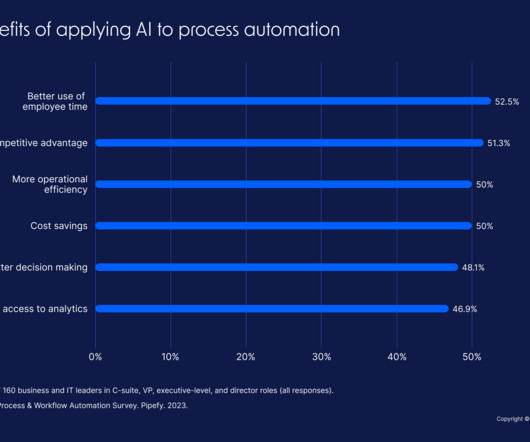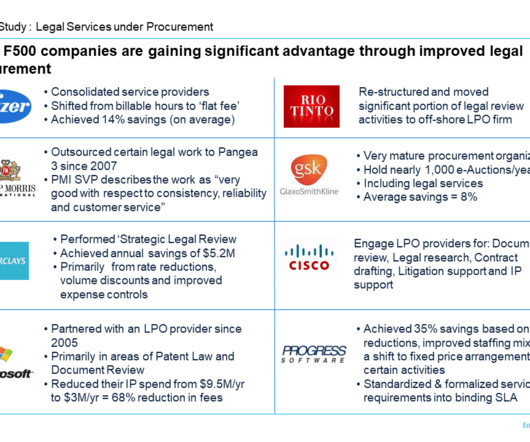Streamlining supply chain management: Strategies for the future
IBM Supply Chain Blog
FEBRUARY 19, 2024
Technology-driven visibility AI and machine learning can be used to analyze large amounts of data quickly and accurately, providing insights that can improve forecasting, inventory management, and customer service. A supply chain control tower can connect many sources of data-driven information and improve end-to-end visibility.






















Let's personalize your content